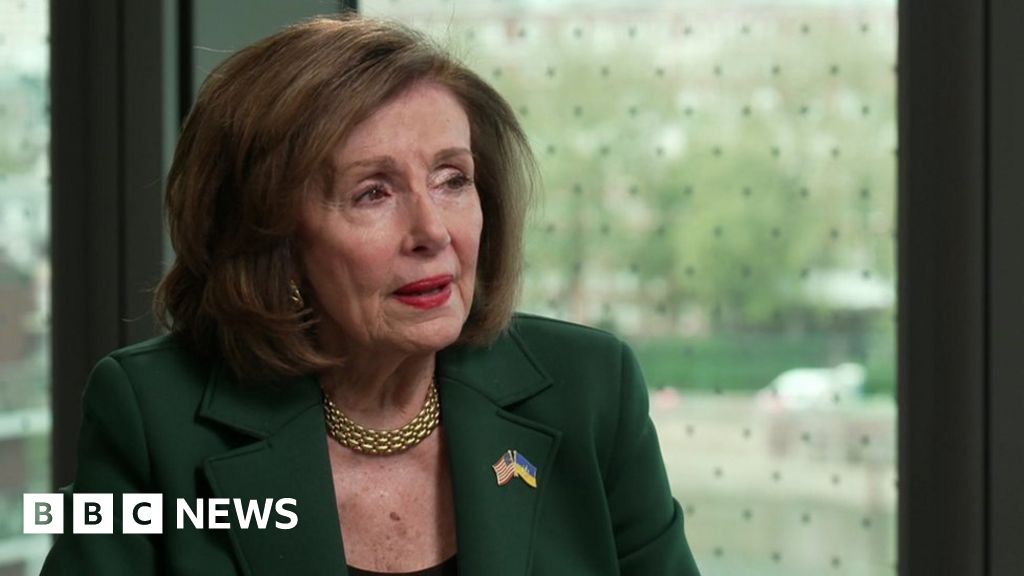Yet while infections have subsided in Massachusetts and nationwide, the ever-evolving pandemic has entered a state of uneasy calm. People are still dying at higher rates than historic norms, and significantly fewer people — including the elderly and the immunocompromised — are getting booster shots to protect themselves. Meanwhile, many hospitals and nursing homes remain stretched to capacity, leaving them ill-prepared for any new outbreaks, infectious disease experts say.
“We know a lot more than we did four years ago, but we’ve still missed a lot of opportunities along the way,” said Dr. Jonathan Levy, who chairs the department of environmental health at Boston University’s School of Public Health. “We have not seen longer-term, structural changes that would keep people healthier — and that’s troubling given that people are still dying.”
Through March 2, the virus has claimed 23,526 lives in Massachusetts, including 304 since the start of this year. Tens of thousands more have been seriously sickened by the virus, and periodic waves of infections continue to hit the region.
Last spring, the WHO officially lifted its March 11, 2020, emergency declaration, while warning that it did not signal an end to the pandemic and urged countries not to dismantle their COVID response systems. The United States and Massachusetts also ended their emergency declarations.
Yet even as positive signs emerge, the threat is far from over.
One key benchmark is excess deaths, which looks at the number of people who die over and above expected levels based on historic patterns. In the first COVID wave, from March to May 2020, the number of Massachusetts residents dying was double the normal rate, a shocking increase. It spiked again, though not as sharply, in the winter of 2020-21 and from the fall of 2021 to February 2022, according to a recent analysis of mortality data.
While excess deaths have plunged, they still remain at stubbornly elevated levels statewide. Since mid-2022, they have hovered between 5 and 14 percent — a sign that COVID continues to kill those who are most vulnerable, including those with chronic health conditions like high blood pressure or cardiovascular disease, said Benjy Renton, a research associate at Brown University School of Public Health, who helped analyze the data in collaboration with Dr. Jeremy Faust, an emergency medicine physician and public health expert at Brigham and Women’s Hospital.
“It looks pretty obvious to me that we have chronic excess mortality, which means that the threat is not gone,” Faust said. “It’s still with us.”
Renton fears the trend of elevated excess deaths could reflect a “new normal.”
“That’s still an uncomfortable level of mortality, and the vast majority of those deaths are preventable given what we now know about the virus and the tools we have,” Renton said. “It’s a measure of the acute and lasting impact that COVID continues to have.”
Even so, interest in the pandemic continues to wane, frustrating public health experts. Some states have taken their public dashboards for tracking the virus offline and have stopped following key measures such as reinfections and hospitalizations. More than 80 percent of the US population has received at least one dose of the vaccines, but the most recent COVID booster only made it into the arms of about 20 percent of Americans, Centers for Disease Control and Prevention data show.
Levy at Boston University is concerned that apathy set in too early, before people changed their behavior and vital changes could be made to health care systems. Early calls for expanding hospital bed capacity, addressing the health care workforce shortage, and expanding insurance coverage for disadvantaged communities have faded as the sense of crisis has ebbed, he noted. COVID laid bare the risks of many jobs, yet most employers did not change their sick leave policies, he added.
“Early on, there was a feeling that we were all in this together and so let’s support each other,” Levy said. “Now each person is very much on their own to navigate their space … and those who have more resources can navigate it more easily than those that do not.”
Chris Serres can be reached at [email protected]. Follow him @ChrisSerres.

Dr. Debi Johnson is a medical expert and health journalist dedicated to promoting well-being. With a background in medicine, she offers evidence-based insights into health trends and wellness practices. Beyond her reporting, Dr. Debi enjoys hiking, yoga, and empowering others to lead healthier lives.








